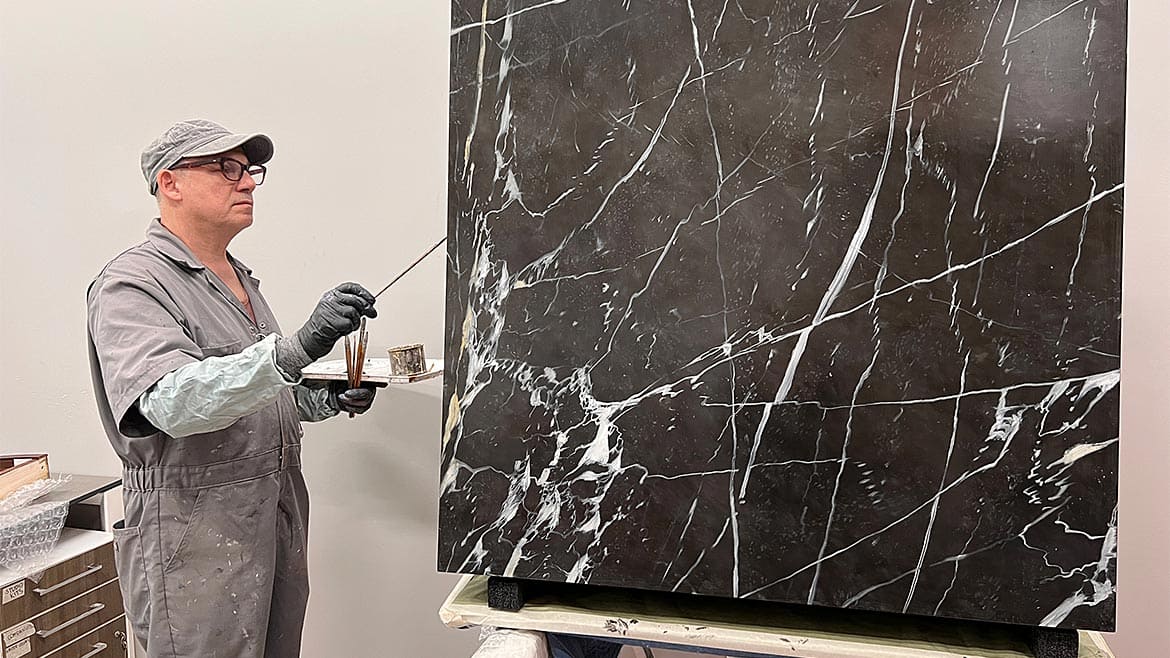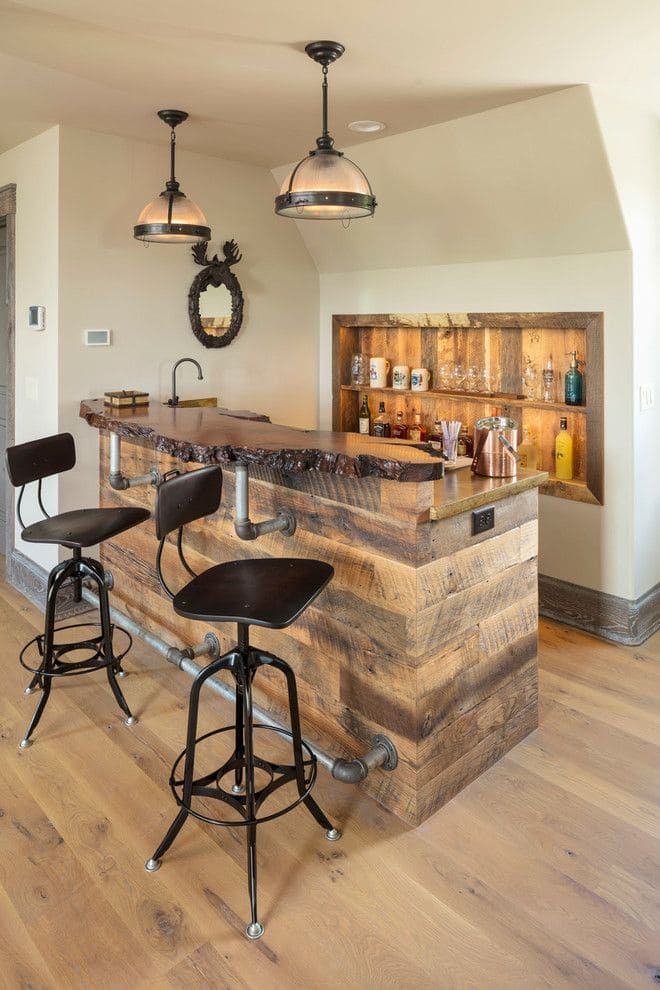Introduction: Understanding the Basics
Painting plasterboard can be a daunting task for many, but with the right guidance and techniques, it can become a rewarding endeavor. In this comprehensive guide, we will delve into the intricacies of painting plasterboard, providing you with step-by-step instructions and expert tips to achieve professional results.
Selecting the Right Materials and Tools
Before embarking on your painting journey, it’s essential to gather the necessary materials and tools. Quality paintbrushes, rollers, painter’s tape, sandpaper, primer, and high-quality paint are indispensable for a flawless finish. Ensure that the materials you choose are suitable for plasterboard surfaces to achieve optimal results.
Preparing the Surface
Preparation is key to a successful painting project. Begin by inspecting the plasterboard surface for any imperfections such as cracks, holes, or rough patches. Fill in any gaps with spackling compound and sand the surface smooth once dry. Use a damp cloth to remove any dust or debris, ensuring a clean and smooth canvas for painting.
Applying Primer
Priming the plasterboard is crucial for ensuring proper adhesion and achieving uniform color coverage. Select a high-quality primer designed for plasterboard surfaces and apply it evenly using a paintbrush or roller. Allow the primer to dry completely before proceeding to the next step.
Choosing the Right Paint
When selecting paint for plasterboard, consider factors such as finish, durability, and color. Opt for premium quality paint with a finish that suits your preferences and the room’s functionality. Matte, satin, or semi-gloss finishes are popular choices for plasterboard surfaces, offering durability and easy maintenance.
Painting Techniques
Achieving a flawless finish requires mastering the right painting techniques. Start by cutting in around the edges with a paintbrush before using a roller to fill in the larger areas. Work in small sections, overlapping each stroke slightly to avoid streaks and uneven coverage. Take your time and apply multiple thin coats for a smooth and professional finish.
Tips for Success
- Ensure proper ventilation to aid in the drying process and prevent paint fumes from accumulating.
- Use painter’s tape to protect adjacent surfaces and achieve clean, crisp edges.
- Allow each coat of paint to dry completely before applying the next layer to avoid smudges or streaks.
- Clean your brushes and rollers thoroughly after each use to prolong their lifespan and maintain optimal performance.
Troubleshooting Common Issues
Even with careful preparation and execution, issues may arise during the painting process. Here are some common problems and their solutions:
- Bleed-through: If the underlying surface shows through the paint, apply an additional coat of primer before repainting.
- Brush marks: To minimize brush marks, use high-quality brushes and apply paint in thin, even layers.
- Drips and runs: If paint drips or runs occur, gently sand the affected area and touch up with additional paint as needed.
Conclusion: Achieving Professional Results
Painting plasterboard requires patience, attention to detail, and the right techniques. By following the steps outlined in this comprehensive guide and implementing expert tips, you can achieve professional-quality results that will enhance the beauty and durability of your space.





